
New drone innovations and achievements are commonplace now; it seems the possibilities are endless and the world of science fiction is becoming a reality. For many, this is an exciting time as drone use opens a multitude of new opportunities to enrich and simplify our lives. However, it’s worth bearing in mind that for the commercial use of drones, some security issues have been reported (such as privacy or collisions), as a result, some people still have reservations when it comes to drones and security.
The good news is, these issues should become less prevalent thanks to a systematic approach to secure the drone ecosystem and addressing privacy & security. And at the same time, there are now many more examples of drone use that are truly awe-inspiring; impressive enough to win over even the most drone-skeptic people. With this, we are seeing a gradual increase in ‘drone social acceptance’. So, what are some of the best use cases currently in play?
-
Food deliveries
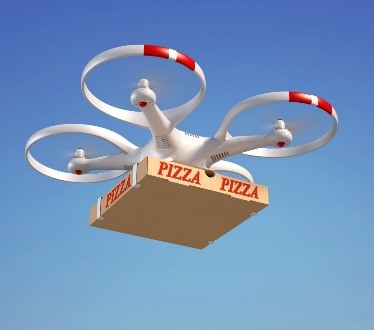
Modern day life is more hectic that ever – we often don’t have time or the energy to head out into town and track down our next meal. As a result, the food delivery industry is growing at an incredible rate; can the delivery drivers keep up to meet the surging demand? Fortunately for consumers, drones are here to help. As an example, UberEats has announced it will begin delivering fast food by drone soon; In San Diego, delivery time estimates could be between 5-30 minutes with this new system. And it’s not just consumers who would benefit from this; if food deliveries by drone take off (no pun intended), we could see a significant reduction in traffic on our roads, benefiting countless drivers and other industries that rely on clear roads for their business.
-
Drone search and rescue
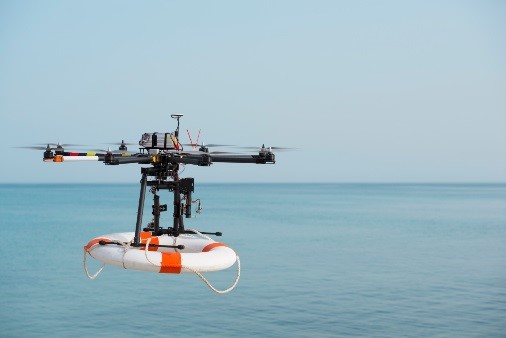
SAR (Search and Rescue) operations depend on speed, precision and communication, among other things. Unsurprisingly, this is another area where drones are now playing a significant role due to their versatility. Drones are already improving search and rescue times thanks to high tech detectors and quick response and flight times.
When a call for assistance comes in; teams of rescue personnel have to scramble into action, organize themselves, plan the rescue and climb aboard their transport. While this is happening, drones can take off almost immediately, and head over to the scene of the accident; at the scene, the drone can begin assessing the scene and administering aid. Often in these situations, the sooner we can assess an accident, the higher the chances of a successful rescue.
There are already several brilliant examples now of how effective drones can be when it comes to rescue efforts – earlier this year, two teenagers were lucky enough to be rescued near Byron Bay, thanks to a drone. And according DJI, 65 lives last year in total were saved by drones.
-
Medical deliveries
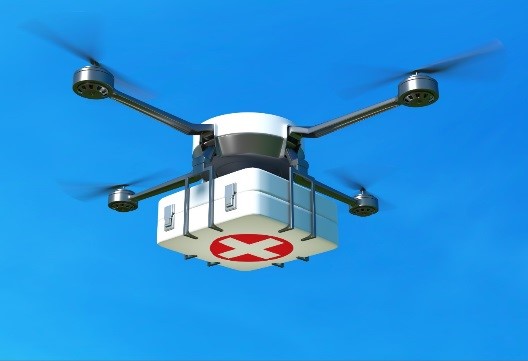
Medical supplies, such as blood and medication, will always be in high-demand across the world. And in some areas, it’s a more urgent situation than others. For example, in the poorest countries, where aid is scarce and time is precious for those in need, the speedy delivery of crucial supplies can be the difference between life and death. Fortunately, drones are here to help. In fact, the world’s fastest ever delivery drone could deliver medical supplies in the US soon. And in Africa, medical drones are already saving many lives, particularly in Rwanda. There is now a delivery network throughout the country, started by a Silicon Valley company called Zipline; in the past year, the network has helped deliver nearly 1000 blood drops. This form of medical delivery is only the beginning; it’s now likely that this method will become the norm in years to come, across the world.
-
Coral mapping
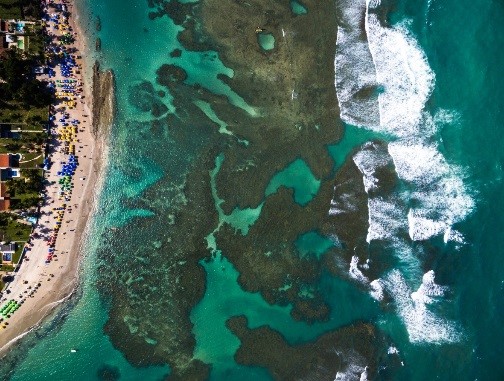
Unfortunately, as many of us know, coral reefs are under threat all over the world due to ocean pollution and global warming. As a result, keeping track of how big they are and where there are most at risk is crucial for conservationists. However, mapping them can be very tricky and expensive when using manned aircraft. So, can drones be the solution to budget and man-power restraints? Fortunately, the answer appears to be YES! An international team of scientists from the Leibniz Centre for Tropical Marine Research (ZMT) has now developed a new method of investigating the condition of coral reefs using drones. This has provided highly valuable data to scientists working tirelessly to protect what is left of the reefs.
According to the leader of the project, Elisa Casella, the detail and accuracy of the images taken can be astonishing, far superior to satellite images. Hopefully, with continued help from a fleet of mapping drones, the reefs will be better-protected and monitored from now on, and the damage to them can be limited.
-
Wildlife protection
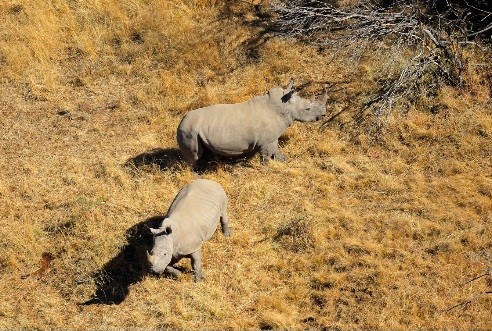
From protecting people, to animals. Drones are also in use now when it comes to protecting endangered wildlife, particularly rhinos. Poaching is still a major problem across Africa – in South Africa alone, over 1,200 rhinos were killed in 2014. To help the fight against poachers, drones have been brought in so that we can keep a closer eye on them, which enables the authorities and military to predict their movements and cut them off before they launch an attack.
Drones have also proved to be effective and cost-efficient when monitoring other forms of wildlife, in a variety of different climates. For example, the eBee, a fixed-wing drone, is now used to survey gray seal breeding colonies in the US and Canada.
-
Sports and entertainment filming
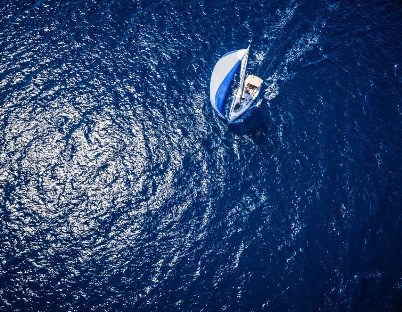
Some sports are difficult to film; such as long-distance running, rowing, sailing, and extreme sports. There are places that a normal cameraman simply can’t get to which drones can.
There are of course many other benefits available now thanks to drones; whether it be pollution control or improving traffic flows – both of which are pressing issues in our modern world. For example, drones are far greener than using trucks for deliveries, and traffic flow systems can be greatly improved by a mobile drone that monitors different areas of the network; the data gathered can then be given to a control center team which will then come up with a solution to traffic jams. The list really could go on!
Of course, all these services and use cases will continue to grow exponentially, improving our lives, within a secure drone ecosystem. However, we must ask how consumers will see the commercial use of drones in the future? To answer this, we have conducted a survey across 7 countries. Stay tuned, the next blog will reveal it all.
What are some of the best use cases you’ve seen for drones around the world? Let us know, by tweeting to us @Gemalto. Or leave a comment in the section below. And for more information about the amazing potential of drones and the important of cyber security when using them, see our dedicated webpage, here.
The post 6 ways commercial drones improve our lives appeared first on Cybersecurity Insiders.
August 24, 2018 at 09:08PM







0 comments:
Post a Comment